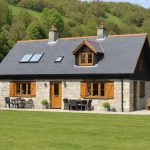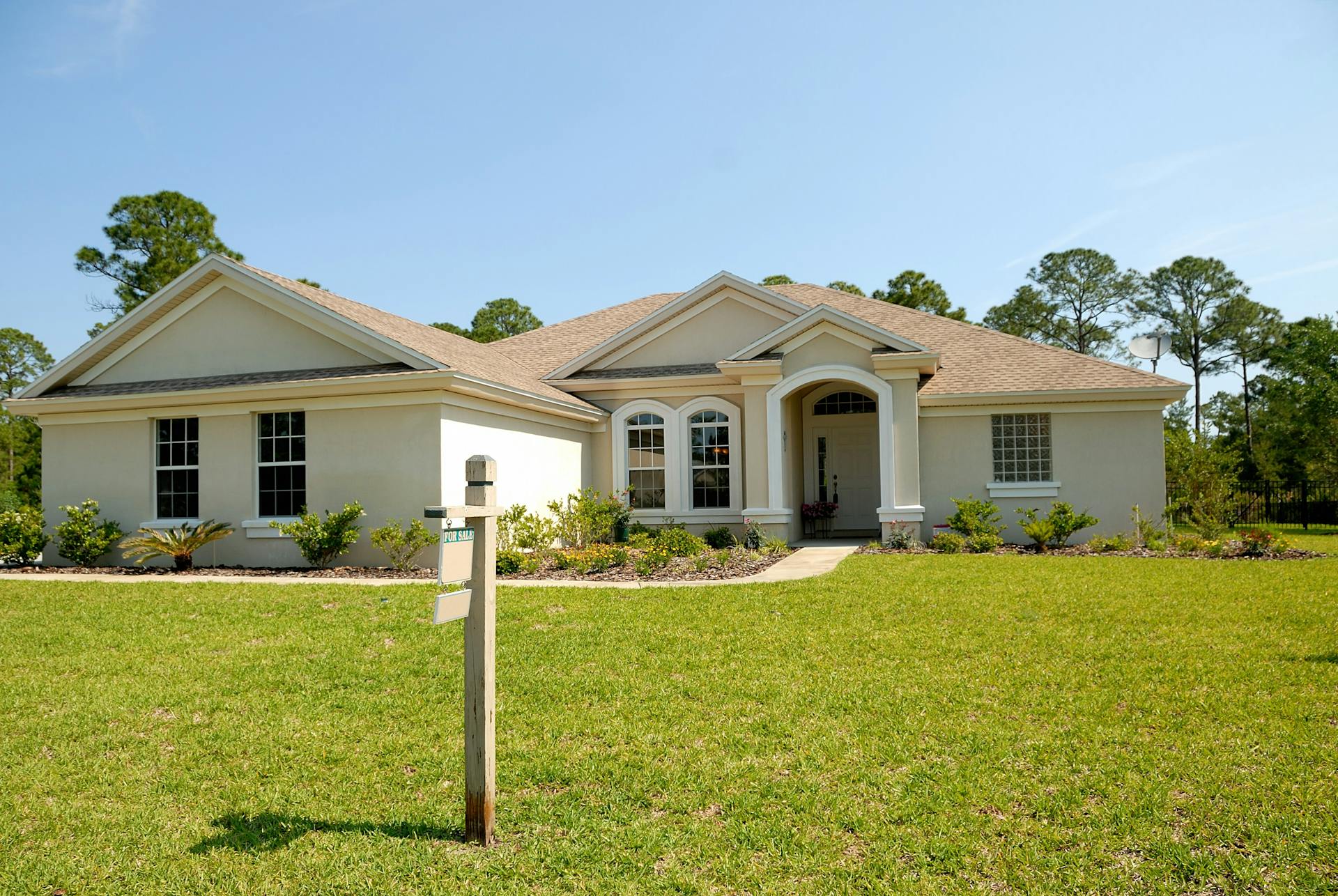As your family grows, so does the need for space in your house. Today, we’re going to walk you through some strategic planning and creative design solutions to make the most out of your three-bedroom house. We’ll discuss how loft conversions, ingenious floor plans, and maximizing the utility of every room can help accommodate a large family in a UK home without necessitating an expensive and time-consuming build of an extension.
Utilising Loft Spaces
One of the most overlooked areas of a house is the loft or attic space. It is often used for storage, but with some careful planning, it can be converted into an additional living space. Loft conversions are a great way to add a new bedroom, playroom, or even a home office to your abode.
Dans le meme genre : How can you effectively reduce household waste in a UK urban home?
The first step of turning your loft into a liveable space involves checking your house’s structure. The loft must have a minimum height of 2.2 meters to allow for a comfortable living space. You also need to consider the type of roof structure and the age of your house, as these factors can affect the feasibility of a loft conversion.
Next, you will need to sketch out a floor plan, considering where to place windows for natural light and ventilation. If you are turning the loft into a bedroom, think about where you will place beds, wardrobes, and other essential furniture. Make sure to include access points in your plan, such as staircases or ladders.
A lire également : What are the best design practices for a UK home office that maximizes productivity?
Remember, some loft conversions require planning permission, especially if it involves altering the roof height or shape. It’s best to check with your local building regulations before proceeding with the conversion.
Redesigning Kitchen Spaces
Your kitchen is the heart of your house. It’s a space for cooking, eating, and family gatherings. But in many homes, it is not utilised to its full potential. A well-planned kitchen redesign can offer more storage, improved functionality, and even additional dining space.
Firstly, consider the "work triangle" – the optimal layout that minimises movement between the fridge, sink, and oven. An efficient work triangle will make your kitchen more functional and save space.
For storage, consider floor-to-ceiling kitchen cabinets. These provide plenty of storage and make use of vertical space, reducing the need for additional furniture. An island can also be a great addition, offering extra storage, worktop space, and a casual dining area.
Optimising Room Functions
Think about how each room in your house is used and whether it’s serving its best purpose. Could a dining room double up as a study or a home office during the day? Could an underused guest room be transformed into a playroom for the kids?
Begin by assessing the needs of your family. If you have young children, an open-plan living area might be more suitable than separate, smaller rooms. This not only provides a larger space for the kids to play but also enables you to keep an eye on them while doing other tasks.
For families with teenagers, consider designating a space for them to socialise with friends. This could be in the form of a games room, a TV room, or simply a comfortable seating area in their bedroom.
Making Most of Outdoor Spaces
Finally, don’t neglect your outdoor spaces. Regardless of their size, they can be transformed into additional living areas with some creative design and planning.
For example, an outdoor dining area can be a fantastic addition for the warmer months. By adding a pergola or a retractable awning, you can create a sheltered space that can be used in all weather conditions.
Alternatively, consider creating dedicated play areas for your kids. Treehouses, sandpits, or climbing frames can provide hours of fun and reduce the need for indoor play areas, freeing up valuable space inside your house.
Remember, the secret to accommodating a large family without building an extension lies in strategic planning, creative design, and making the most of every square inch of space you have available. With some effort, you can create a comfortable and functional home that caters to everyone’s needs.
Maximising Use of Hallways and Corridors
Often overlooked, hallways, corridors, and under-stair spaces in your home offer great potential for further storage or even additional functionality. Thoughtful planning and design can convert these spaces into useful areas without compromising on the movement around the house.
Start by examining your hallways and corridors. Do they have enough width to accommodate shelving or cupboards? If yes, consider installing built-in storage units. These can take care of miscellaneous items that clutter your home, such as shoes, coats, bags, or even linen. If your hallway is wide enough, you could even consider a narrow console table for added storage and aesthetics.
The space under your staircase, often left unused or filled with random items, could be transformed into a compact home office, a mini library, or even a small play area for children. You can also opt for pull-out drawers or cupboards under the stairs, providing a discreet storage solution.
When planning these changes, always keep building regulations in mind. All changes must comply with these regulations to ensure safety and proper navigation through the house. In case of any confusion, it’s always best to consult a professional or your local council before implementing changes.
Creating a Garden Room
For homes with a garden, a garden room could be the perfect solution to create more space without a house extension. A garden room can serve multiple purposes like a home office, playroom, hobby room, or even an outdoor lounge.
Garden rooms typically don’t require planning permission, falling under the ‘permitted development rights’. However, there are certain restrictions based on the size, location, and use of the room. So, always check your local council’s permitted development rights to avoid any legal issues.
Locating your garden room is crucial to maximise the benefits of natural light. Consider areas that receive ample sunlight throughout the day. When designing the room, incorporate large windows or glazed doors to make the most of the natural light. You can also consider solar-powered lighting solutions for an environmentally friendly option.
Furnishing the room will depend on its purpose. For a home office or study, consider a comfortable desk, chair, and sufficient storage. A playroom could benefit from easy-to-clean surfaces and lots of storage for toys. If it’s an outdoor lounge, comfortable seating, a coffee table, and some warm lighting could create a welcoming space.
Conclusion
Accommodating a large family in a UK three-bedroom house without building an extension can be a challenging task. However, with strategic planning and creative design solutions, you can maximise the use of your existing space. Implementing solutions such as loft conversions, redesigning kitchen spaces, optimising room functions, making the most of outdoor spaces, and utilising hallways and corridors can significantly increase the functionality of your house. Always remember to check with your local council about building regulations and permitted development rights before making any significant changes. A well-planned, well-designed home can cater to everyone’s needs, providing a comfortable living space for your growing family.











